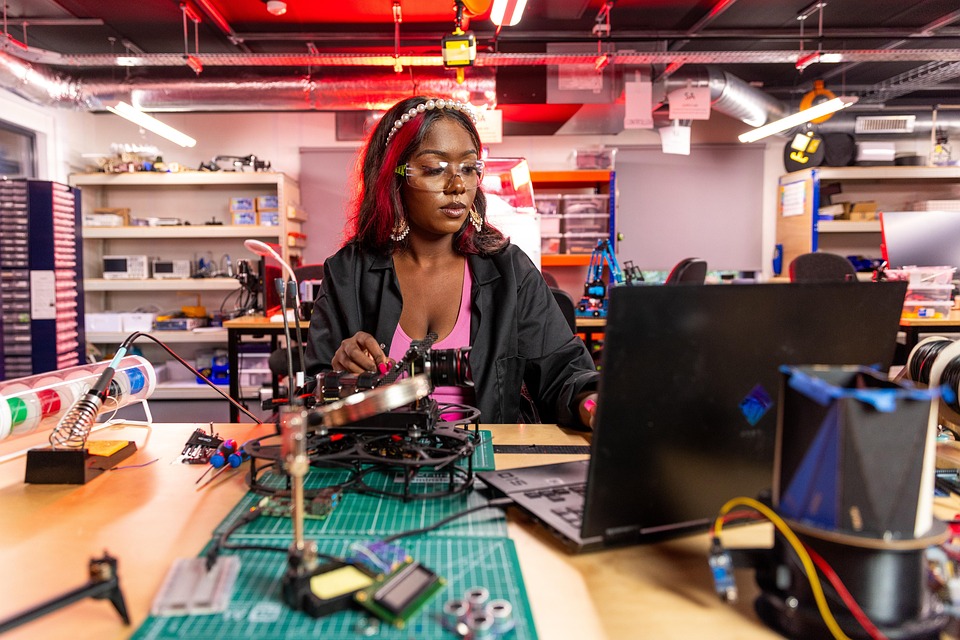In today’s rapidly evolving technological landscape, a well-crafted CV is your ticket to entering the fascinating world of robotics engineering. It’s not merely a list of experiences; it’s a narrative that should engage prospective employers while showcasing your technical prowess and creativity. Here’s how to elevate your CV to stand out in this competitive field.
The Essential Structure of a Robotics Engineer CV
-
Contact Information
At the very top, include your name, phone number, email address, and LinkedIn profile. This may seem straightforward, yet ensuring this information is clear and professional sets the tone. -
Professional Summary
A brief, impactful summary should follow. This is your opportunity to encapsulate your essence as a robotics engineer. Highlight your key skills, years of experience, and what you’re passionate about in the field. A compelling opening can captivate hiring managers in mere seconds. -
Technical Skills
Robotics is a multidisciplinary field. Your skills section should reflect this diversity. Categorise your competencies into software (e.g., Python, ROS) and hardware (e.g., Arduino, Raspberry Pi). This clear demarcation allows employers to assess your qualifications at a glance. -
Professional Experience
Here, narrative meets detail. List your previous roles in reverse chronological order, highlighting relevant responsibilities and achievements. Use bullet points for clarity, and remember to quantify your accomplishments. For instance, “Developed a robotic arm prototype that increased manufacturing efficiency by 20%” is far more compelling than vague descriptions. -
Education
Your academic background is crucial in this field. Include your degree(s), institution(s), and relevant coursework. If you possess any certifications—such as in machine learning or artificial intelligence—be sure to list those too. They can provide a significant edge.
Tailoring Your CV for Specific Roles
Every job is unique, and so should your CV be for each application. Research the role you’re applying for and identify the key skills and experiences the employer is looking for. Adjust your professional summary and skills section to reflect these requirements. A tailored CV demonstrates not only your qualifications but also your genuine interest in the role.
Design and Formatting Tips
While content is king, presentation is not to be overlooked. A clean, professional layout can enhance readability. Use headings and subheadings judiciously, maintain consistent font styles, and ensure there’s adequate white space. Avoid overly flashy designs—simplicity tends to resonate better with technical recruiters.
Showcasing Projects and Achievements
Don’t shy away from including a section dedicated to projects or personal achievements. Whether it’s a university project, a personal endeavour, or contributions to open-source initiatives, these experiences can set you apart. Describe your role, the technologies you utilised, and the impact of your work.
Soft Skills Matter Too
Robotics engineers often work in teams, so soft skills are essential. Highlight your abilities in communication, teamwork, and problem-solving. Perhaps you led a project team or mentored junior engineers—these experiences can showcase your leadership qualities.
Final Touches
Before hitting send, proofread your CV meticulously. Spelling or grammatical errors can undermine your professionalism. It might be worth asking a friend or mentor to review it as well; a fresh pair of eyes can catch things you might overlook.
Crafting a CV that encapsulates your journey as a robotics engineer is an art, blending technical details with personal narrative. Remember, each CV is a unique reflection of your skills and aspirations. With these tips and a dash of creativity, you’re well on your way to securing that coveted role.
CVPortal remains committed to providing you with exemplary CV references, ensuring you have all the tools necessary to succeed in your career journey.


